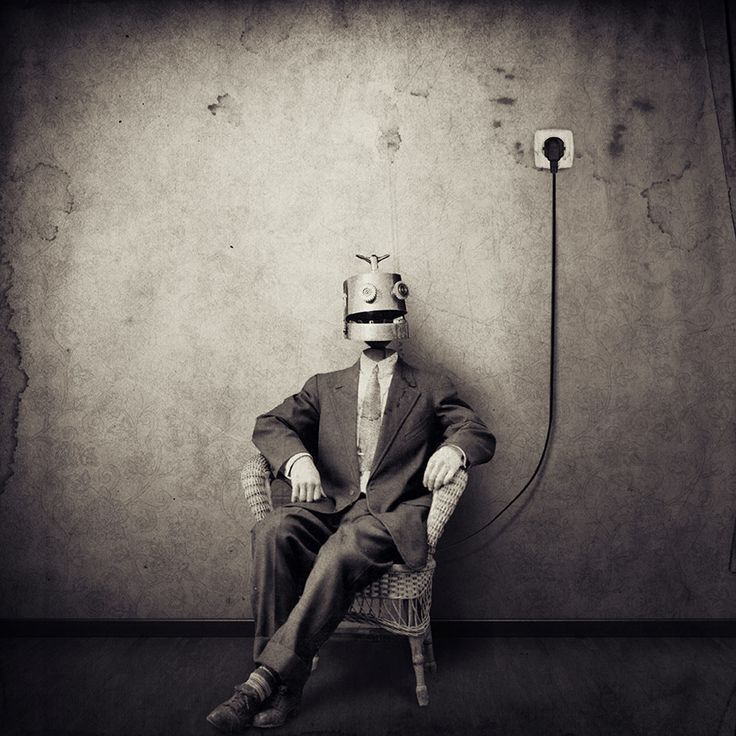Attending the recent O’Reilly Solid conference in San Francisco, Richard Waters of the Financial Times glimpsed the future of the Internet of Things, still at a larval stage but a dramatic metamorphosis that will almost definitely happen, though no one knows exactly when. Gathering the information will be only half the battle as processing it intelligently is just as key. In his article, Waters focuses on the potential of ubiquitous connectedness but not the potential perils (privacy concerns, technological unemployment, etc.). An excerpt:
The world-changing applications made possible by the new technology platform cannot be imagined at the outset. …
The exhibits included a “pop-up factory” to make electronics on the fly and a part-3D printed car designed to be built in small local “microfactories”. Much of the discussion was of synthetic biology that will take manufacturing down to the microscopic level and merge the inorganic with the organic.
Behind the disruption lie three technologies that are on a collision course, according to Mickey McManus, a researcher at design software company Autodesk.
Extending internet connectivity to the physical world is only part of the story. A second seminal tech change will stem from the spread of artificial intelligence, which will make it easier to design and control complex ecosystems of objects, as well as put a higher level of intelligence into the individual “things” themselves. The third leg of the revolution, says Mr McManus, is digital manufacturing exemplified by 3D printing, which could present an alternative to some forms of mass-market production.
Taken together, he hints at the types of changes that could result: three students in a dorm room could start a car company; a distributed social network might replace a factory; or objects may disassemble and reassemble themselves as needs change.•
Tags: Richard Waters

